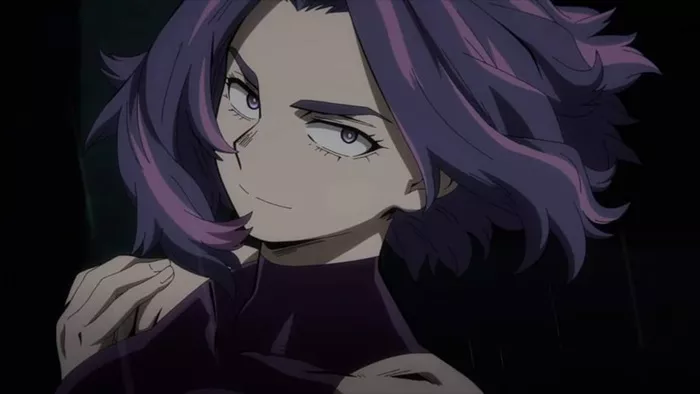As My Hero Academia plunges deeper into its final clashes between heroes and villains, the latest developments promise to reshape the series’ trajectory. The return of Lady Nagant in Season 7 signals significant shifts in the anime’s landscape, impacting both the ongoing conflict and the future of hero society.
The Intensifying Conflict
My Hero Academia is navigating its most intense phase yet, with the stakes at their highest. The conflict between heroes and villains has escalated, with villains demonstrating increasing resourcefulness and power. Despite the heroes’ efforts to gain ground, their adversaries seem to counter every advancement with enhanced strength or cunning. The current situation is dire: the heroes face mounting casualties, and the villains grow ever more formidable. All For One is rejuvenating, Tomura Shigaraki is harnessing All For One’s powers, and Himiko Toga’s army of Twice doubles continues to wreak havoc.
Lady Nagant’s Dramatic Reappearance
The latest episode, Season 7 Episode 16, introduces a pivotal moment with Lady Nagant’s return. Previously introduced in Season 6 as an escaped prisoner from Tartarus, Lady Nagant was initially a formidable antagonist tasked by All For One with eliminating the young hero, Izuku Midoriya. Equipped with a unique quirk and a concealed explosive device—set to activate if she defied All For One—she seemed to meet a grim fate. However, her unexpected revival and timely intervention have altered the course of recent events.
In a critical scene, Lady Nagant, despite her previous injuries, manages to use her quirk to thwart Shigaraki’s attack, demonstrating her enduring strength and resilience. Her actions not only highlight her redemption arc but also suggest a broader trend of reform within the series.
The Implications for Hero Society
Lady Nagant’s return underscores a transformative shift in My Hero Academia’s portrayal of hero society. The series has increasingly explored the darker facets of heroism and the complexities of villainy. Characters like Endeavor and Hawks have revealed the imperfections within the hero system, while some villains are shown to be more nuanced than initially portrayed.
The episode illustrates a growing acceptance of reformation and redemption. Lady Nagant’s reappearance symbolizes the possibility of change, even for those once deemed irredeemable. As former villains, including La Brava and Gentle Criminal, align with the heroes, the series explores themes of forgiveness and societal reintegration.
What Lies Ahead
My Hero Academia’s evolving narrative suggests a paradigm shift in its hero society. The rigid labels and harsh judgments that previously defined villains are being reevaluated. This new perspective, embodied by Lady Nagant’s role, hints at a more nuanced approach to justice and heroism.
As the series progresses, the integration of reformed villains into the hero fold promises to enrich the story and challenge conventional notions of heroism. My Hero Academia is poised to explore these dynamics further, setting the stage for a more complex and evolving narrative.
As My Hero Academia continues its journey, the impact of Lady Nagant’s return and the broader implications for hero society will undoubtedly shape the series’ future.

